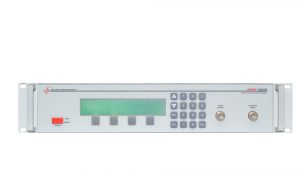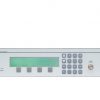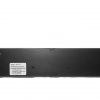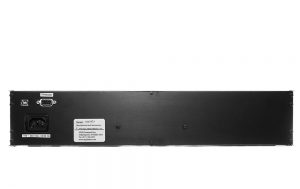Noise Generators and NPR Tests
Noise Generators and NPR Tests
Applied Instruments Inc. has a range of Test Signal and Noise Generators to assist organisation in the field and in the lab to verify quality of transmission lines and circuits delivering an agreed SLA.
The NS-3 Broadband RF Noise Generator provides an extremely flat AWGN (Additive White Gaussian Noise) signal from 5 to 2150 MHz. The output level adjusts in 0.1 dB steps over a 30 dB range.The bench-top configuration is standard and an optional two unit rack enclosure is available. The RS232 or USB remote control interface simplifies its use in automated test and factory ATE environments. The NS-3’s combination of range, versatility and value make it the ideal general purpose broad-spectrum signal source for bench and ATE applications, including C/N, BER, MER, PER testing and rain fade simulation.
The NPRT 2200™ measures the NPR of a device across a range of power levels.This test quantifies intermodulation distortion and determines the dynamic range of optical transmitters, amplifiers and other active HFC network devices.
The included PC software uses predefined test setups to run a “Power Sweep” series of NPR measurements and graph the results. The measurements are compared to a threshold value to determine the acceptable operating power or dynamic range of the device. Results may be stored on the PC for further analysis and the graphs may be printed. The NPRT 2200 inserts calibrated levels of White Gaussian Noise (WGN) through a Device Under Test (DUT), and then measures the noise level at a frequency where a notch filter is located.
The NPR is the ratio of the output power without the notch compared to the power with the notch filter. A graph of NPR versus input power illustrates the linear dynamic range and intermodulation distortion characteristics of the DUT.













